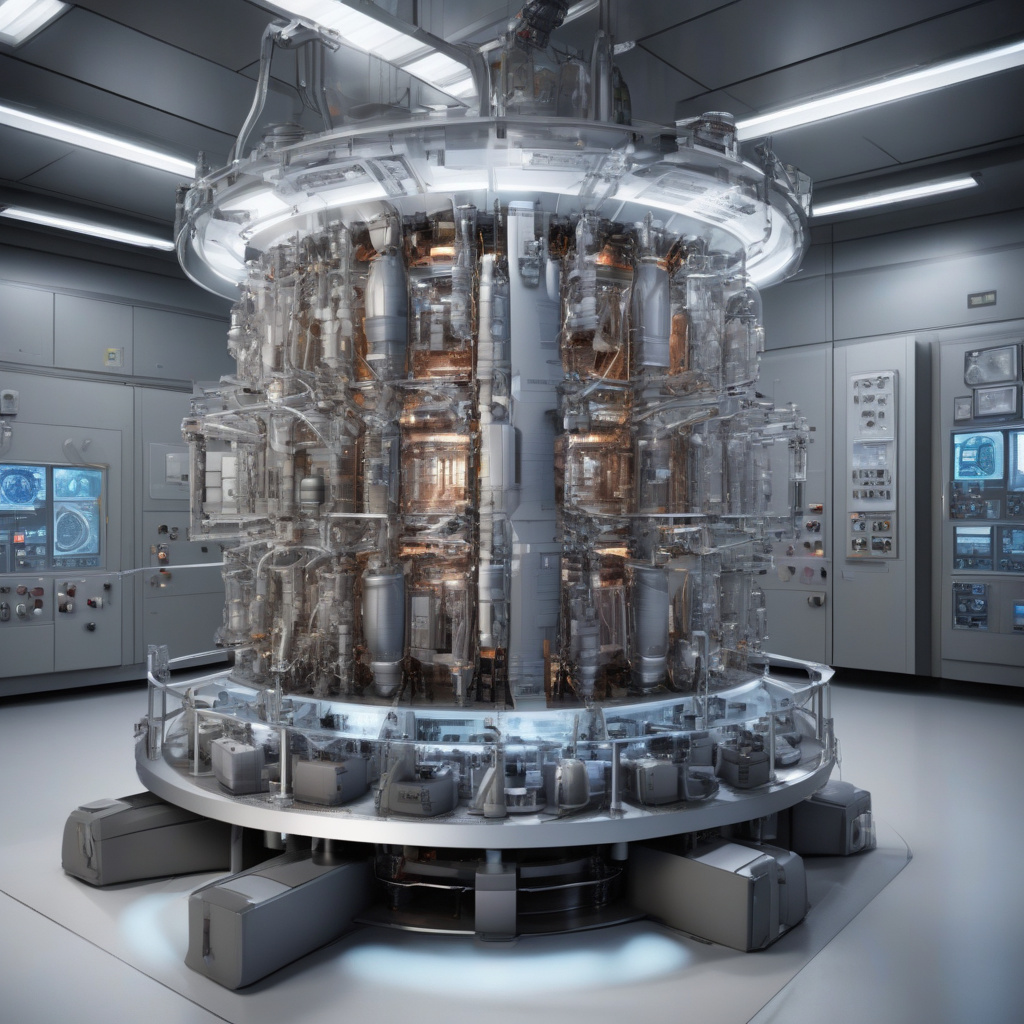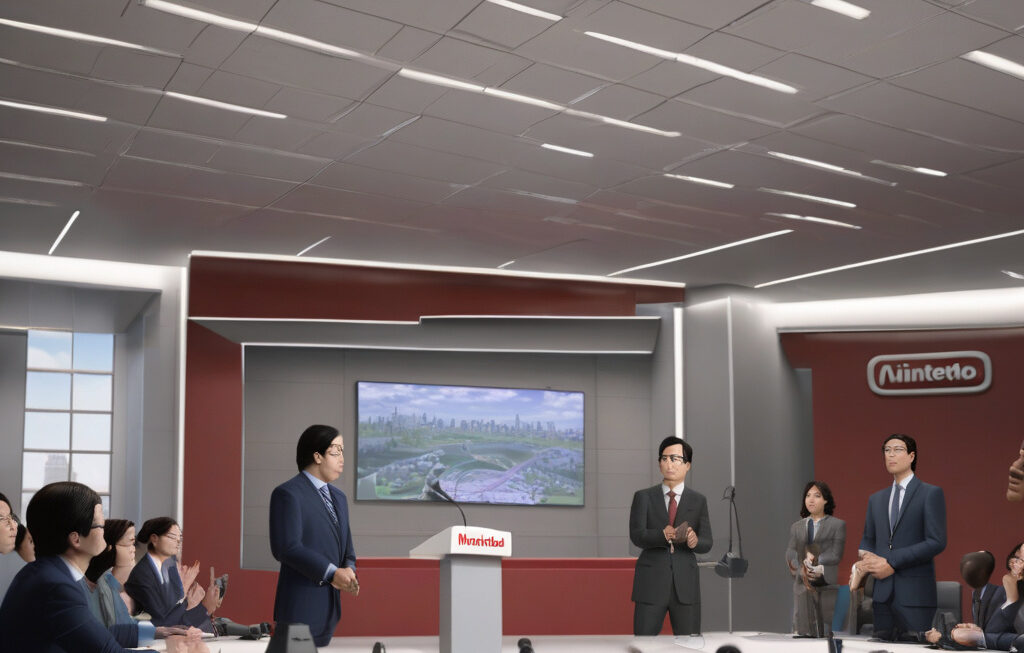US Nuclear Fusion Project Uses 3D Printing to Create a Hollywood-Like Replica
Engineers at the US Department of Energy’s Princeton Plasma Physics Laboratory (PPPL) are employing a groundbreaking approach in their quest for nuclear fusion by incorporating 3D printing technology. This innovative method allows them to fabricate intricate components with precision and efficiency, resembling something out of a Hollywood sci-fi movie.
Nuclear fusion, often dubbed as the “holy grail” of energy production, holds the promise of clean, limitless power without the drawbacks of traditional nuclear fission. However, harnessing this process has proven to be immensely challenging due to the extreme conditions required to initiate and sustain fusion reactions.
By integrating 3D printing into their research efforts, scientists at PPPL are pushing the boundaries of possibility in the realm of fusion energy. This cutting-edge technology enables them to create complex geometries and structures that were previously unattainable through conventional manufacturing methods.
One of the key advantages of 3D printing in the context of nuclear fusion research is the ability to tailor designs to meet the specific requirements of experimental setups. Components can be optimized for performance, durability, and thermal management, leading to more efficient and reliable fusion reactors.
Moreover, the use of 3D printing allows for rapid prototyping and iteration, significantly reducing the time and cost associated with traditional manufacturing processes. This agility is crucial in the fast-paced world of scientific research, where innovation and experimentation are paramount.
The fusion project at PPPL is not only focused on technological advancements but also on inspiring the next generation of scientists and engineers. By showcasing the intersection of cutting-edge technology and groundbreaking research, they aim to ignite curiosity and passion for STEM fields, paving the way for future breakthroughs in energy science.
In a recent demonstration, the team at PPPL unveiled a Hollywood-like replica of a fusion reactor component created entirely through 3D printing. The intricate details and precision of the replica captured the imagination of onlookers, highlighting the potential of this technology to revolutionize the way we approach fusion energy.
As the US continues to invest in research and development in the field of nuclear fusion, initiatives like the one at PPPL serve as a beacon of hope for a sustainable energy future. By leveraging the power of 3D printing to unlock new possibilities in fusion research, scientists are inching closer to realizing the dream of clean, abundant energy for all.
In conclusion, the fusion project at the US Department of Energy’s PPPL is harnessing the potential of 3D printing to create Hollywood-like replicas of fusion reactor components, pushing the boundaries of innovation in the quest for sustainable energy sources. This pioneering approach not only accelerates research and development efforts but also inspires the next generation of scientists and engineers to explore the possibilities of nuclear fusion. With continued investment and advancement, nuclear fusion holds the key to a cleaner, brighter future for generations to come.
fusionenergy, 3Dprinting, sustainablefuture, scientificinnovation, energyresearch












